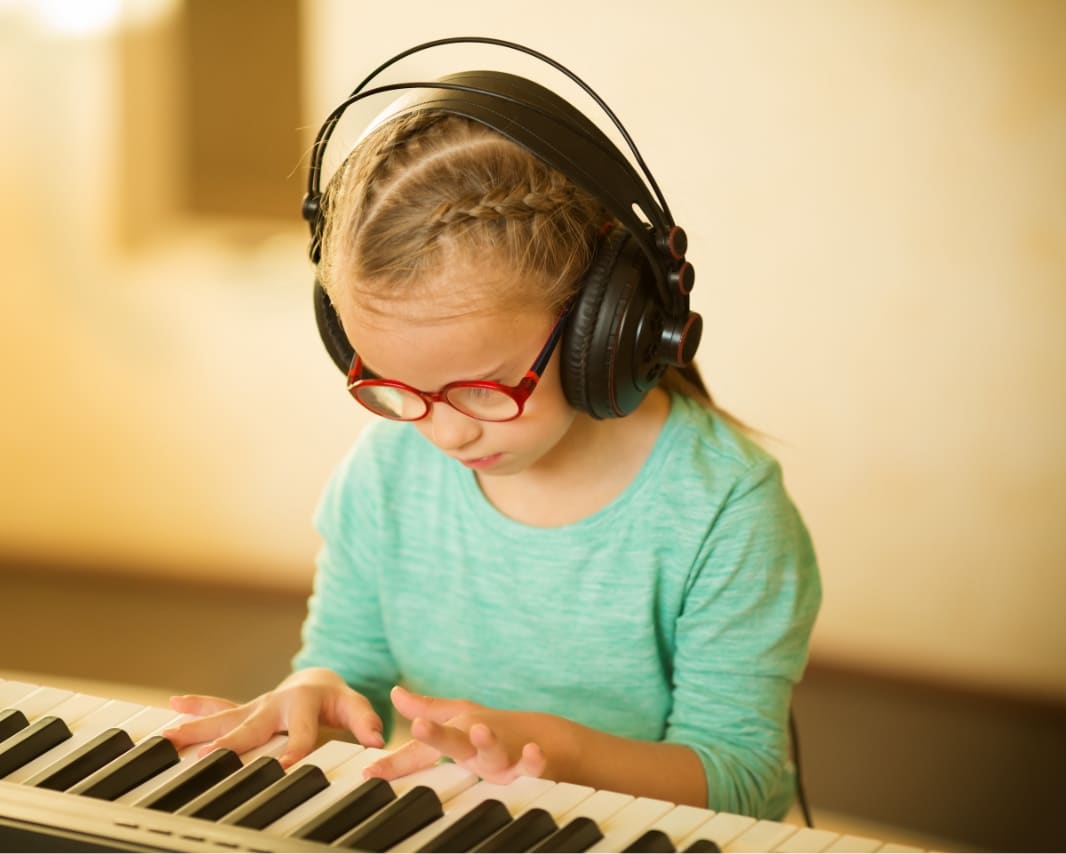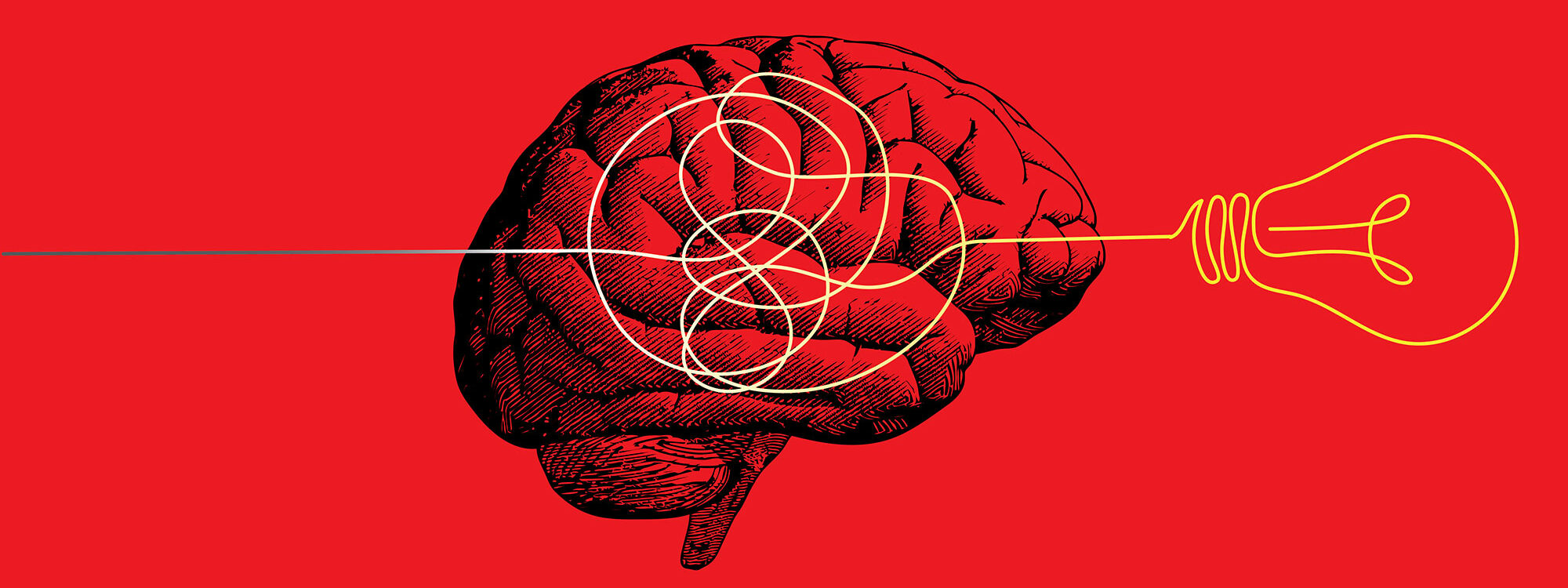There’s no shortage of speculation and theory about art and the creative process. But are there any concrete answers?
At Werremeyer, we work with many aspects of creativity and the artistic impulse on a daily basis. This got us thinking, “What is this mysterious process? How does creative work affect the brain, whether art is being made or viewed? Are there benefits to be gained from making and sharing art with others?” Fundamentally, what is the science of creativity?
Unraveling the Creative Mystery
After studying acts of creativity, researchers in the relatively new field of neuroaesthetics—the study of the neural effects of contemplating creative artwork—suggest there ARE concrete answers to the effects of art on the brain. And because those researchers are using technology and tools that yield quantifiable results, they can prove it.
Semir Zeki, one of the founders of modern neuroaesthetics and a prolific researcher looking at visual art and the brain1, argues that, “no theory of aesthetics is complete without an understanding of its neural underpinnings.” In his book, Inner Vision: An Exploration of Art and the Brain, Zeki suggests that art and the nervous system are actually reflections of one another.
What does that mean? The nervous system guides our perception of and response to the world around us through combinations of nerve input and nerve connections. Different combinations of stimuli and nerve activation result in different outcomes, such as physical sensation, motor control, emotions, memory, heart rate and breathing. Zeki posits that art works in much the same way. A painting, for example, contains a unique combination of visual stimuli that elicit an emotional response and spark memory. This seemingly straightforward idea has significant and far-reaching implications.
What if, Zeki seems to be saying, a single painting can represent a unique neural event and inspire new neural connections in our brains? A follow-up question might be: Can art be beneficial to our health?
Early research suggests that it can. Like the human nervous system, art has the power to influence our biological health in a positive way by regulating hormones, mood and other biological functions.
The creative mode involves turning away from the path of least resistance and venturing into the briars so to speak in an effort to forge a new path through the gray zone of the unexpected, the vague, the misleading or the unknown.
Anna Abraham
Art, artist and audience
Building on Zeki’s theories, prominent researcher and author of The Neuroscience of Creativity, Anna Abraham has helped lay the foundation for continued discovery in the field of neuroaesthetics.
In a 2019 interview, Abraham discussed with the journal Scientific American how neurology experts have started to define creativity. “First and foremost,” she says, “[creativity] reflects our capacity to generate ideas that are original, unusual or novel in some way.” This outlines a general understanding of creativity that provides a basis for work in neuroaesthetics, but it’s not a catch-all.
It’s worth noting that Abraham is talking about creativity as it relates to the artist; she’s not considering an audience’s response. For example, watching a play, or singing along to your favorite song would not fit into Abraham’s definition of creativity noted above.
To understand more about that side of the equation, let’s consider recent studies at University of California San Francisco School of Medicine, where researchers have expanded this definition. Their work suggests that all interactions with creative work, whether by the artist or the audience, engage different areas of the brain and offer benefits.
A large portion of research in this field is conducted using fMRI, a non-invasive technique for mapping brain activity. While a study participant paints, draws, sings or plays music, and fMRI scanning device records in real time the brain’s activity. In many of these studies, participants range from skilled artists and musicians to novices to help form a better understanding of the power and limits of creativity.
Art: What is it good for?
By using fMRI, researchers have found that when we look at a painting, the visual cortex in the brain’s occipital lobe engages the dorsal and ventral perception streams, as well as the parietal and temporal cortex. These areas of the brain work together to help identify shapes and objects; they also analyze spatial location, motion and orientation2. Thanks to other kinds of brain activity involving the hippocampus and limbic systems, we may look at a painting and respond emotionally, forming an opinion and developing a physical response: a smile, a shrug, a sense of joy or sadness.
Color, shape, texture, size, subject matter: an artist uses these elements and others to tell a story and convey emotion. With a single work of art, an artist is able to captivate a widely diverse audience. You and I may form different emotional connections and responses to the Mona Lisa because we bring differing experiences to the viewing of the work, but our brains’ responses will be essentially the same. Creativity ignites a network of multi-dimensional brain activity.
In addition to viewing the brain activity, researchers have measured the body’s responses to visual art. The results suggest that viewing art can improve physical and mental health by reducing the body’s level of cortisol (the stress hormone), regulating heart rate, increasing focus, decreasing drowsiness and activating the pleasure center of the brain, which elevates mood3.
Channeling the inner artist
Working much the way music therapy does, visual art therapy offers ways for people to process and express emotions. And you don’t have to be a particularly skilled artist to unlock these benefits.
Sarah Colby, coordinator of the Arts + Healthcare program at Barnes-Jewish Hospital, works with patients, their families and hospital staff, offering them the opportunity to create art and find respite and renewal in the midst of stress. “Even the simplest craft project, like stringing beads together to make a bracelet, has a profound effect,” Colby says. She notes that easy and repetitive tasks like this offer a soothing distraction for patients, without the pressure of needing to make a lot of creative decisions. Art also empowers patients to take control of their story. A child with cancer, for example, can decide what their tumor looks like and how it behaves through painting or sculpture-making.
There’s also an important social aspect to making art in the hospital setting. Sometimes, Colby is the only person a patient works with who isn’t talking about illness and treatment. “That’s why I make a distinction: I’m not an art therapist; I’m an artist who’s come into this world of the hospital to offer a kind of creative recess.”
The Power of Music
For all the benefits that viewing visual art brings, music has even more to offer because it affects virtually every aspect of the brain.
Pitch and tone are processed in the temporal lobe, or the auditory cortex, of the brain; rhythm is processed in the cerebellum. Our emotional response to music occurs in the limbic system; the visual cortex becomes active if we are watching a performance while listening to music. The hippocampus becomes involved if the piece of music is part of our memory, and the motor cortex and sensory cortex become active when we dance or drum our fingers to the beat.
Finally, the brain’s prefrontal cortex is involved in planning, when it comes to rehearsed performances, along with facial expressions and other displays of personality.
A series of studies conducted at the Sound and Music Perception Lab within the University of California San Francisco School of Medicine illustrates how biologically powerful music is for musicians and listeners alike.
In one case study, researchers used fMRI to watch what happens to the brain on music. In one session, the device was used to observe Matthew Whitaker, a blind jazz musician, as he listened to a non-musical monologue and then as he listened to his favorite band. Whitaker’s brain used only the auditory cortex and language centers while the monologue was played. But when listening to preferred music, his entire brain was engaged.
Interestingly, Whitaker’s visual cortex was also activated. Because Whitaker can’t see, researchers anticipated that this part of Whitaker’s brain would not be engaged. Instead, something remarkable—but not all that unusual—happened: His brain initiated a neural rewiring, recruiting this relatively inactive area of the brain to enhance the act of listening.
As it turns out, the brain has the ability to rewire and adapt to overcome a sensory or other deficit in response to music. This ability is the foundation on which the theory of music therapy is built. There is concrete evidence that rhythm and sound can help patients with Parkinson’s disease and traumatic brain injury, for example, access alternative neural pathways that allow them to complete challenging motor tasks4.
Music as Therapy
To learn more about the ways music can affect health and well-being, we asked Erika Clark, a music therapist based in St. Louis, about her experience in the field.

Clark treats kids with autism, ADHD and other developmental and intellectual differences, and sees firsthand the ways music helps her patients achieve non-musical goals. She commonly uses song and musical instruments to improve self-expression, specifically helping kids to verbalize their wants and needs.
Music therapy also can help adults. Clark notes: “One of my clients, a person with dementia, benefits tremendously. She could be having a terrible day. She may be confused or angry at things that don’t make sense to her. But as soon as I get there, her face lights up because she remembers why I’m there and what we do together. It’s amazing, especially when she hears a song and says, ‘I remember that!’”
It seems that we do indeed benefit when we are creatively engaged, whether we’re making art or appreciating it. Thanks to ongoing research involving neuroscientists, philosophers, audiences and artists, we’re likely to discover much more about the ways creativity enhances our lives, changing our bodies and our brains.
